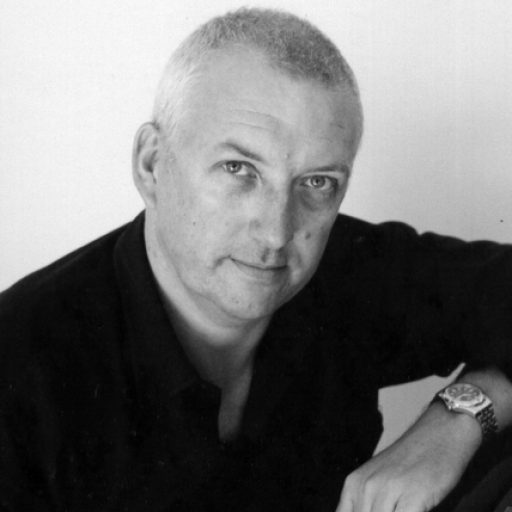 Attracting large audiences right around the country, Scotland the Brave (the show) has been captured on CD and DVD for enthusiasts to relive the spectacle again and again.
Attracting large audiences right around the country, Scotland the Brave (the show) has been captured on CD and DVD for enthusiasts to relive the spectacle again and again.
Whilst these recordings were from a live concert at the Queensland Performing Arts Centre in Brisbane last year, the spirit of Scotland is strongly evident, being based on music one might hear at the Royal Edinburgh Tattoo every year.
The origins of the Tattoo has a fascinating story. The word originates from a corruption of a Dutch expression, “Doe den tap toe” or “Turn off the taps”. In the 18th century when drummers used to march through the garrison towns signalling the innkeepers to turn off the beer taps and send the soldiers back to their tents, or to their quarters in private houses (as billets). Over time, this practice was abandoned almost, but grew to mean a show of Scottish musical heritage from the 20th century.
What may surprise some is that the bagpipes are not of Scottish origin, as they were a shepherd’s instrument in the Middle East. Now forming the basis of magnificent pipe bands, the pipers go back to times of warfare. Of course, now Scottish heritage has permeated the world and its songs and dances are well-known to many. In fact, there are more Pipe Bands in the Indian Army than there are in the British Army!
Included in this recording are such gems as Skye Boat Song, Auld Lang Syne, Highland Cathedral, Ye Banks and Braes, O Waly, Waly and a Brigadoon medley. The cast is headlined with a ten times world champion Highland dancer, Colleen Rintamaki, who is the most awarded highland dancer in history.
Under Sean O’Boyle’s direction, the Queensland Pops Orchestra, The Queensland Choir and Victoria Police Pipe Band, as well as a number of fine solo artists not only perform traditional pieces, but there are some surprises along the way. O’Boyle’s charming Scottish Piano Rhapsody is full of hints of Scotland (and even a little of Australia), whilst giving out a cleverly crafted symphonic moment. At times in the melancholic reflections of this piece, the listener can be far rermoved from the stirring marches, stately strathspey, jaunty jigs or the classical music of the pipes. O’Boyle’s stunning orchestrations are incredibly skilled and are seamlessly woven through the existing song lines.
These are truly songs to stir the blood and remember tragedy, but there are also songs of the sea, land and a rich array of love songs.
